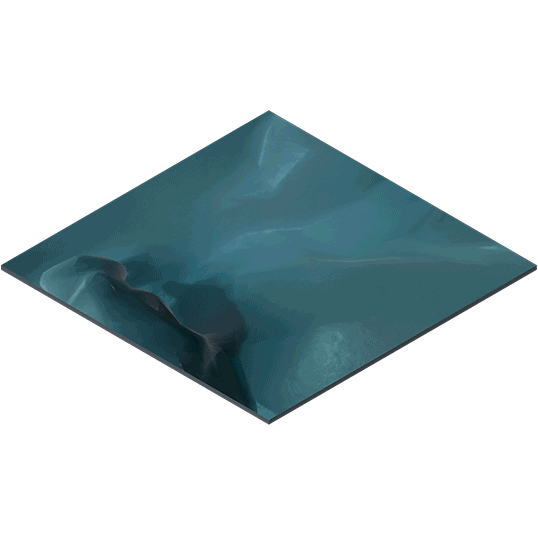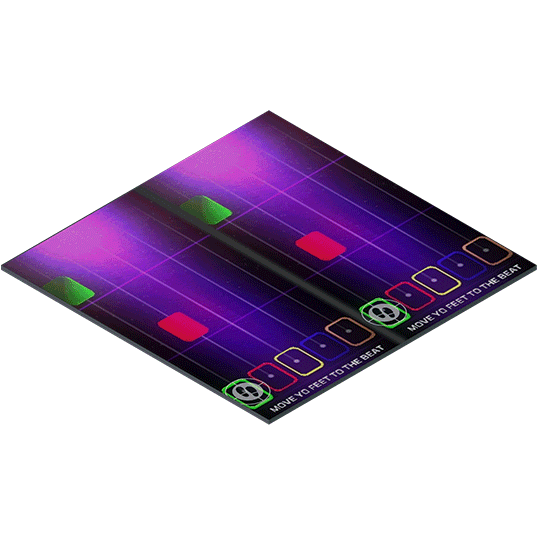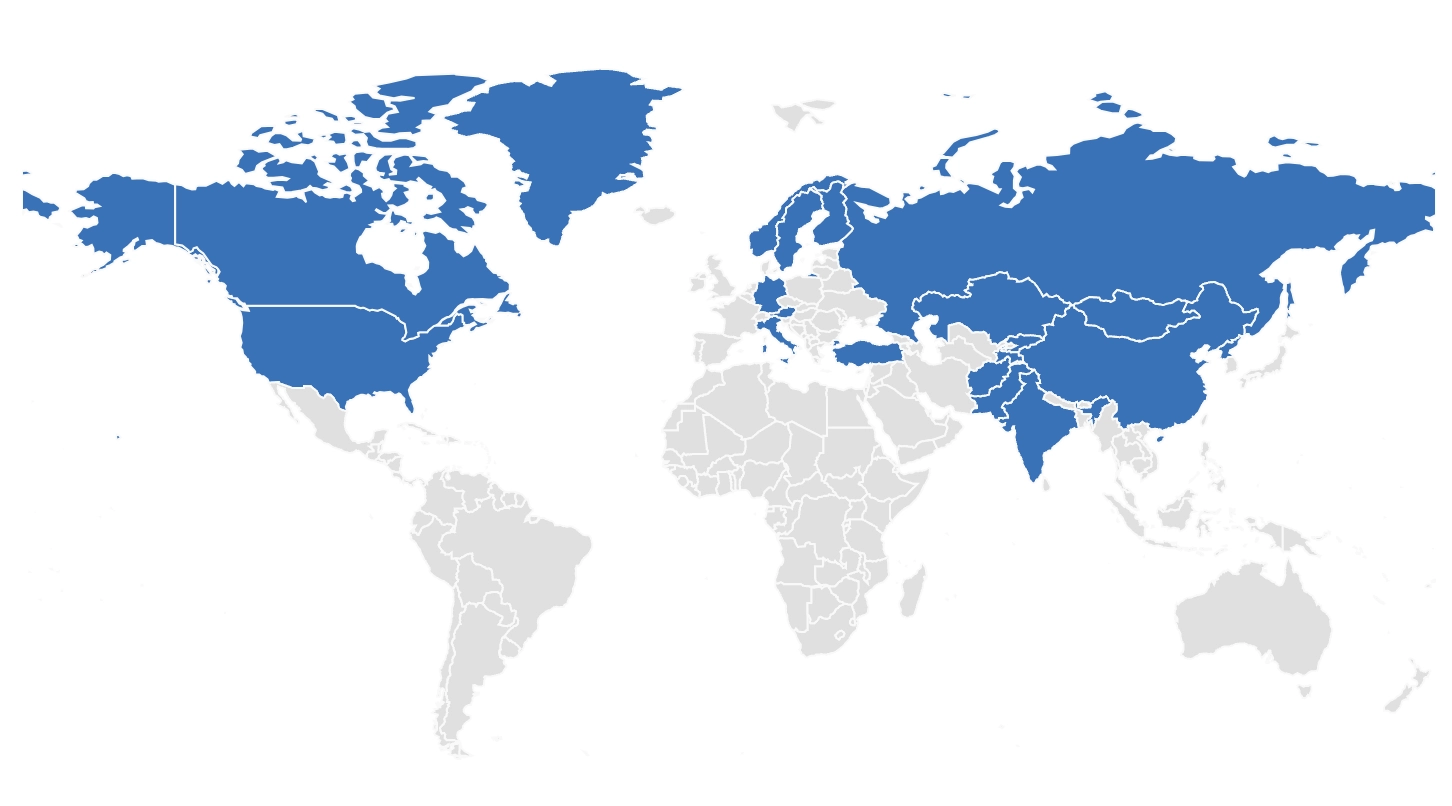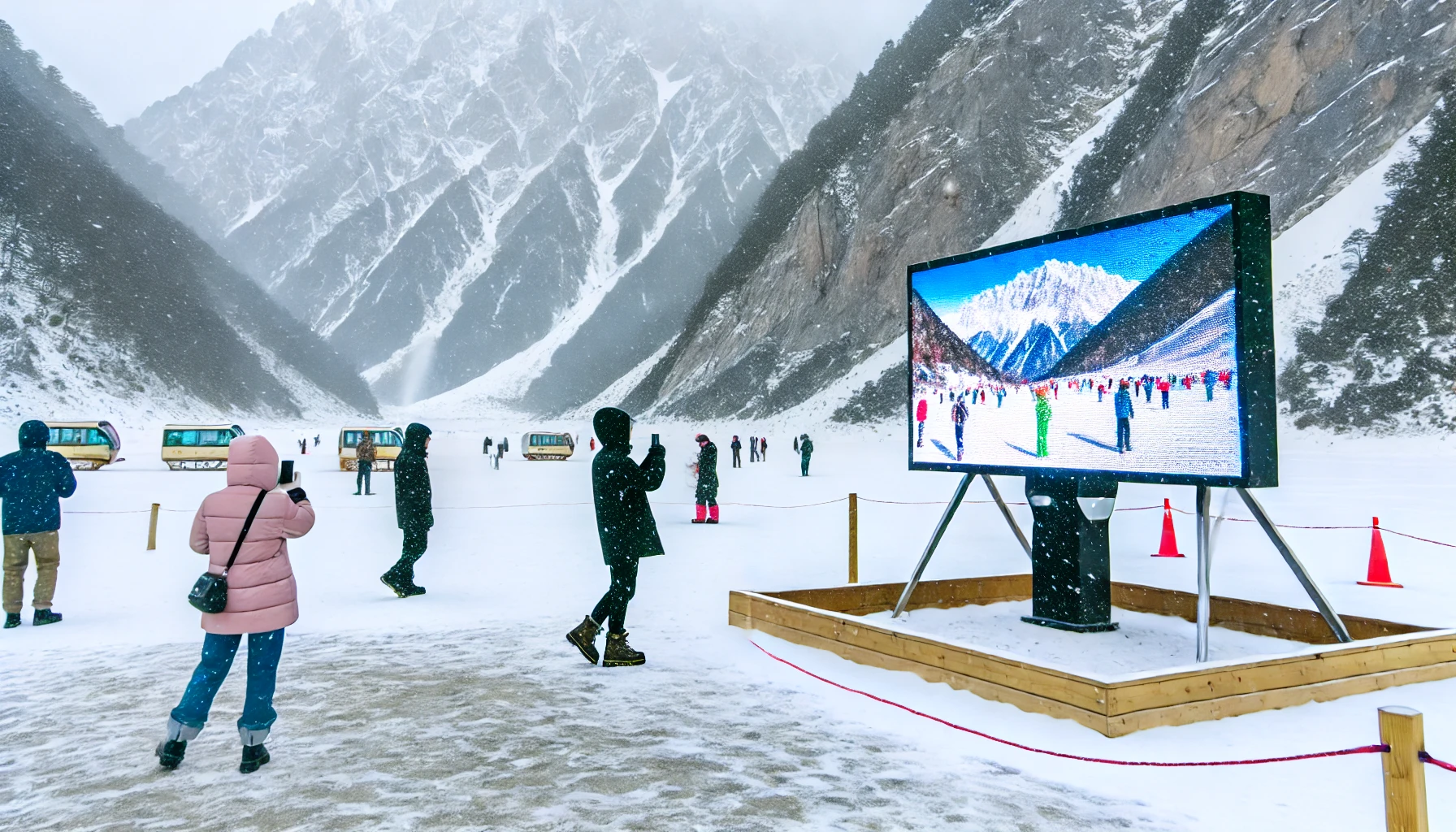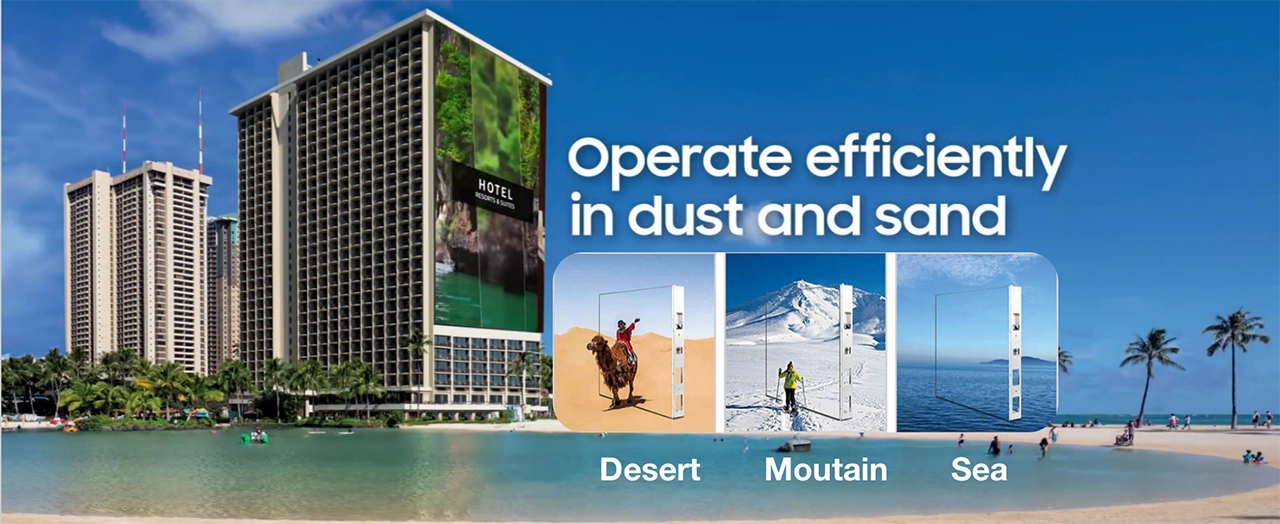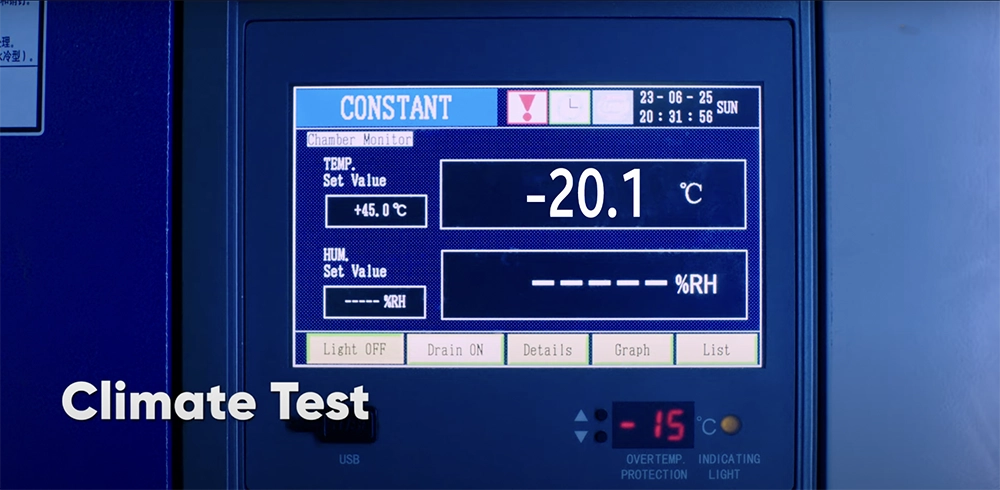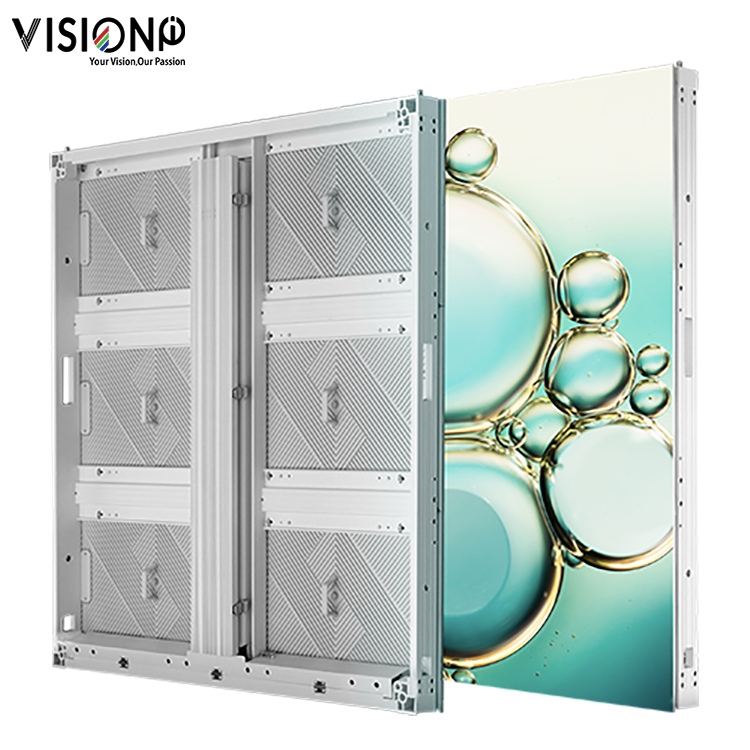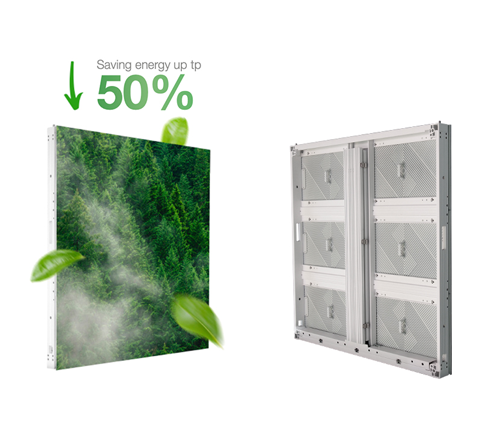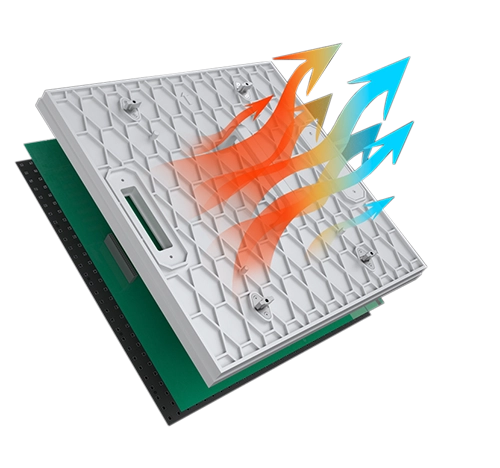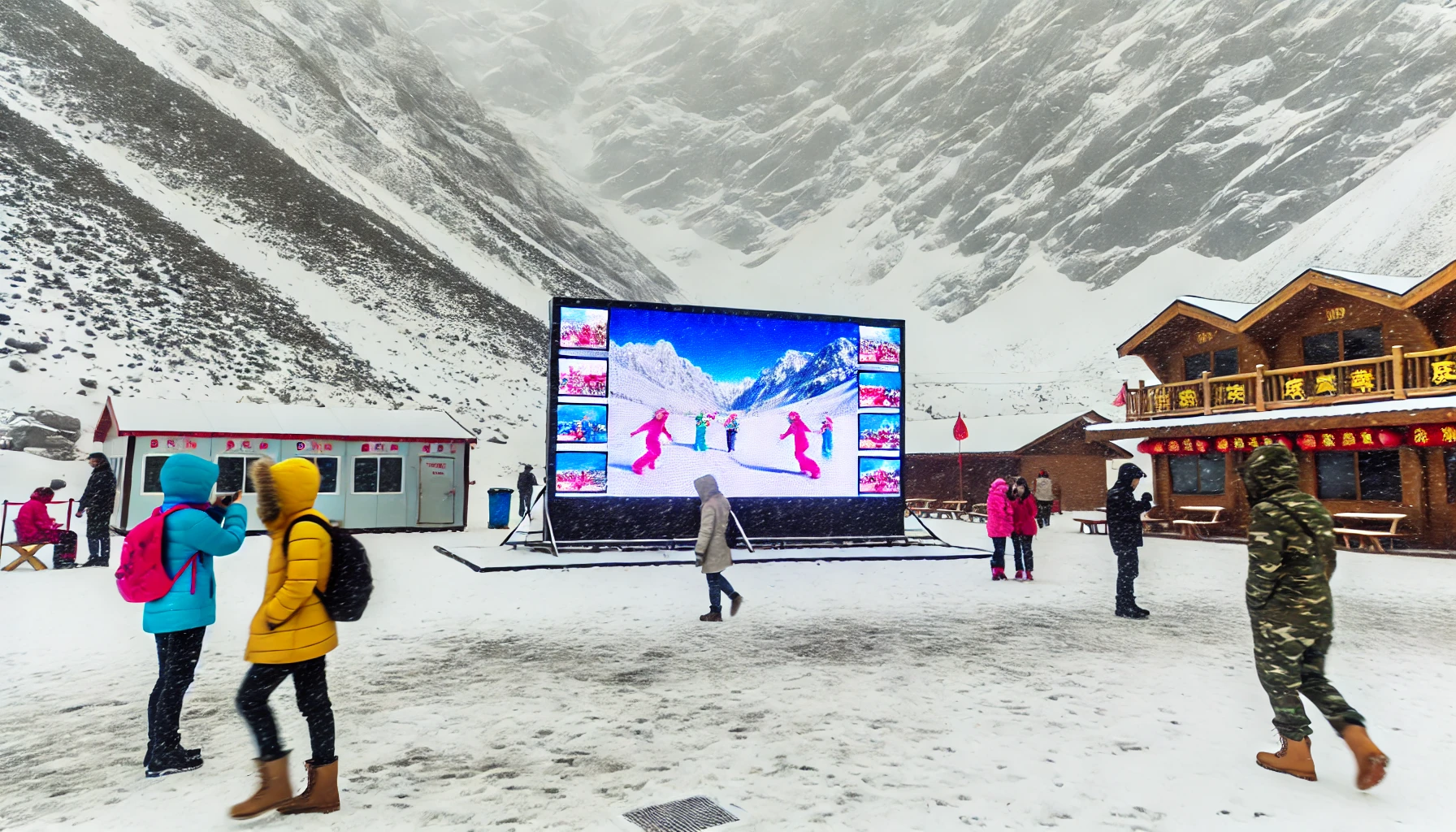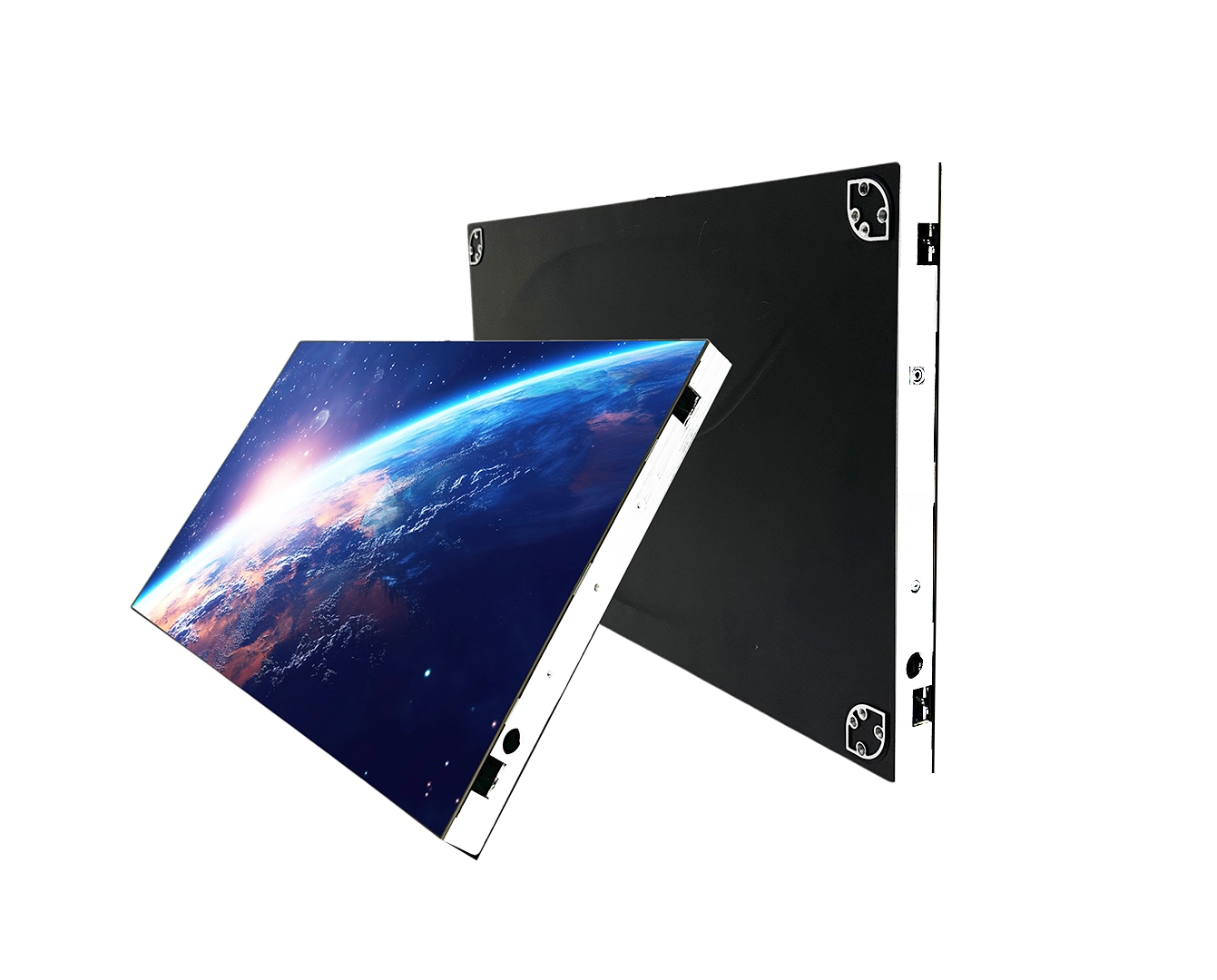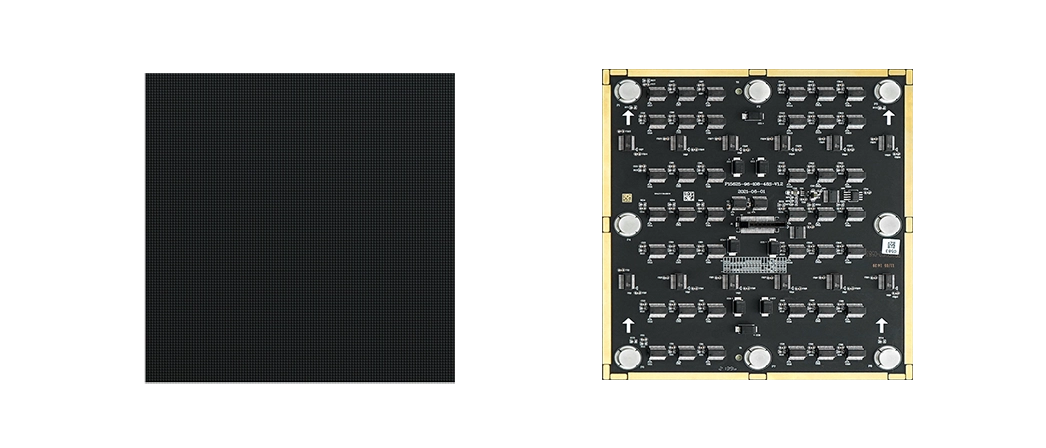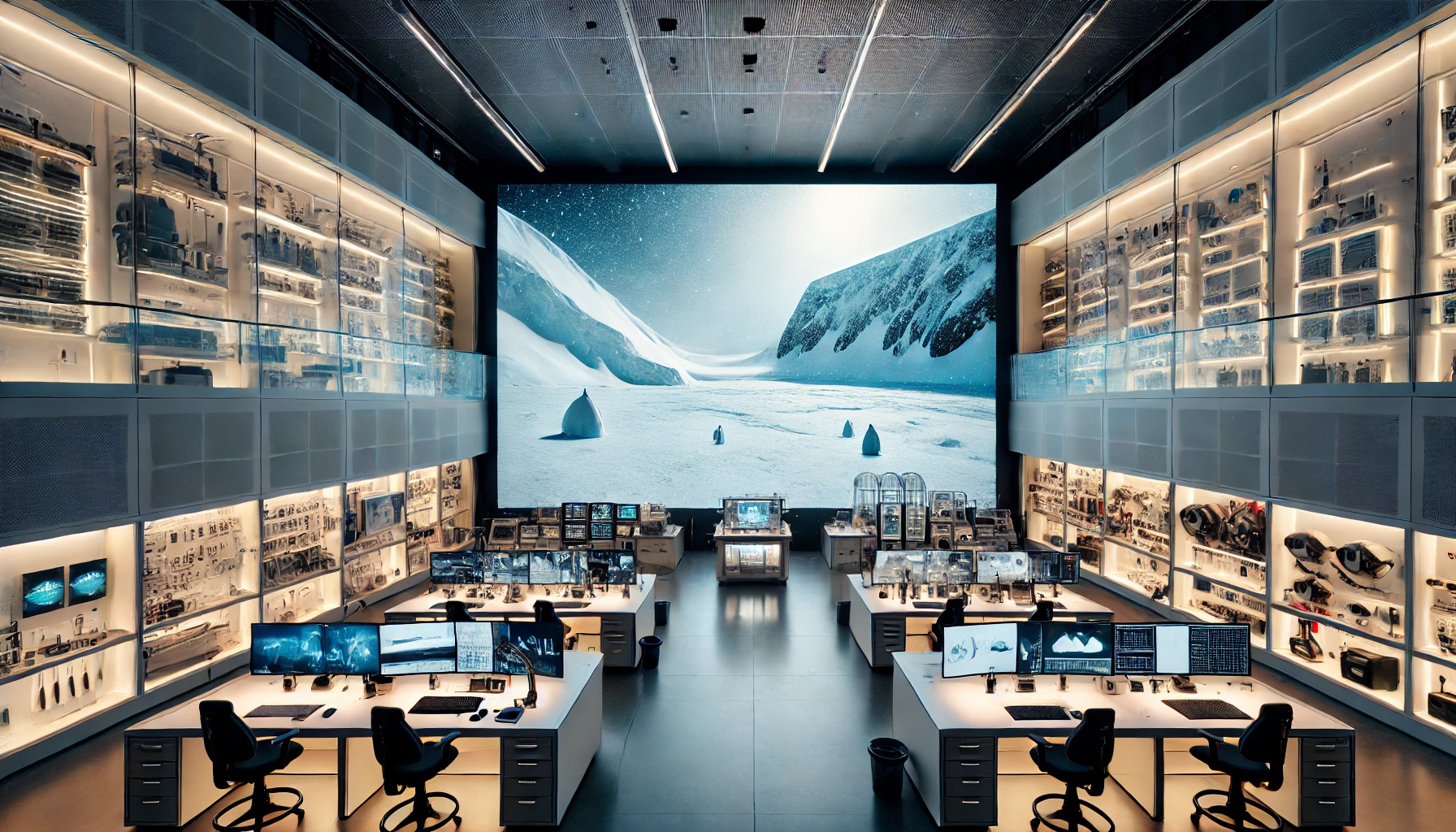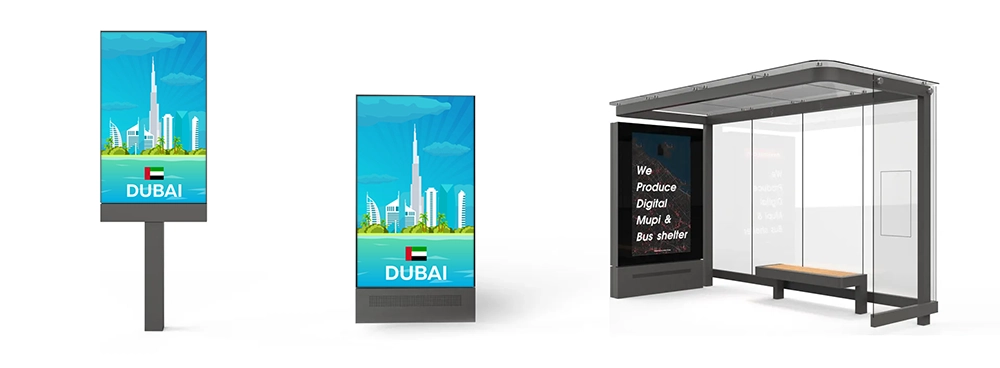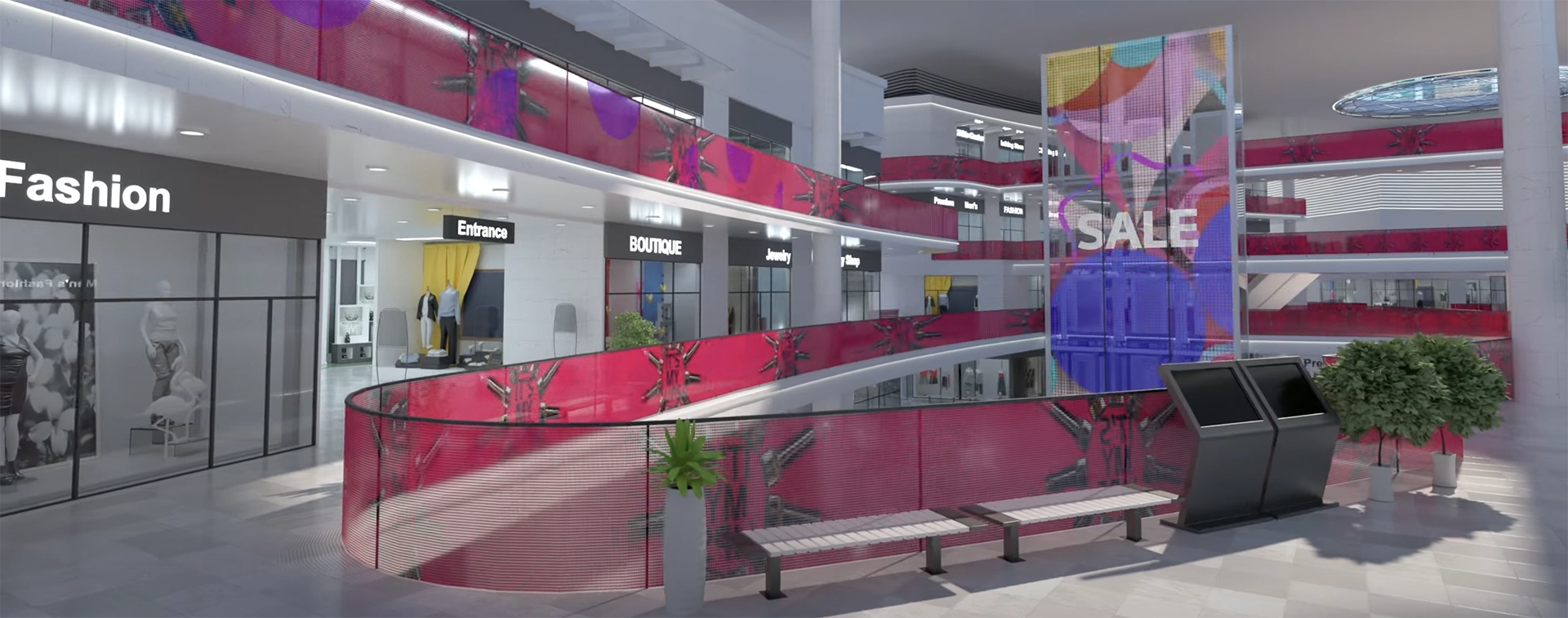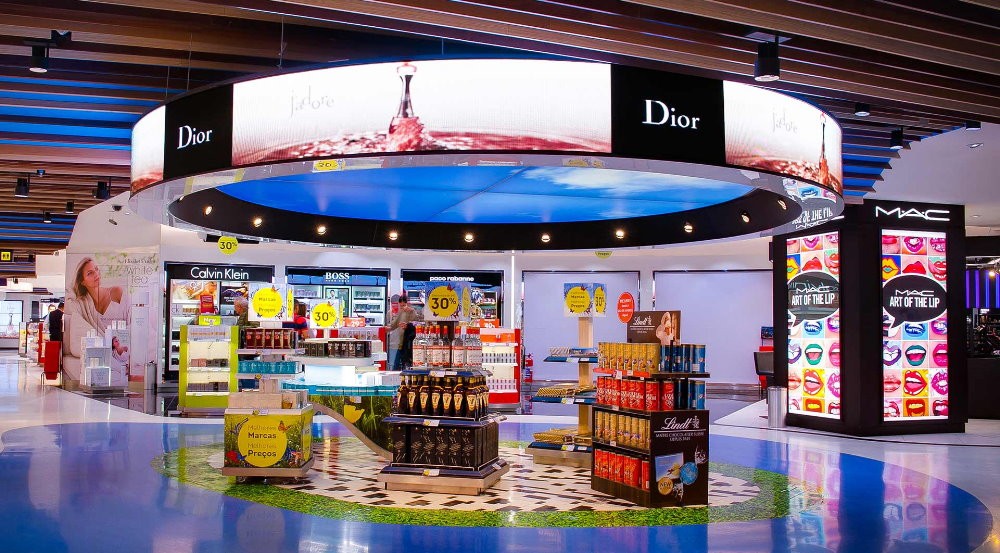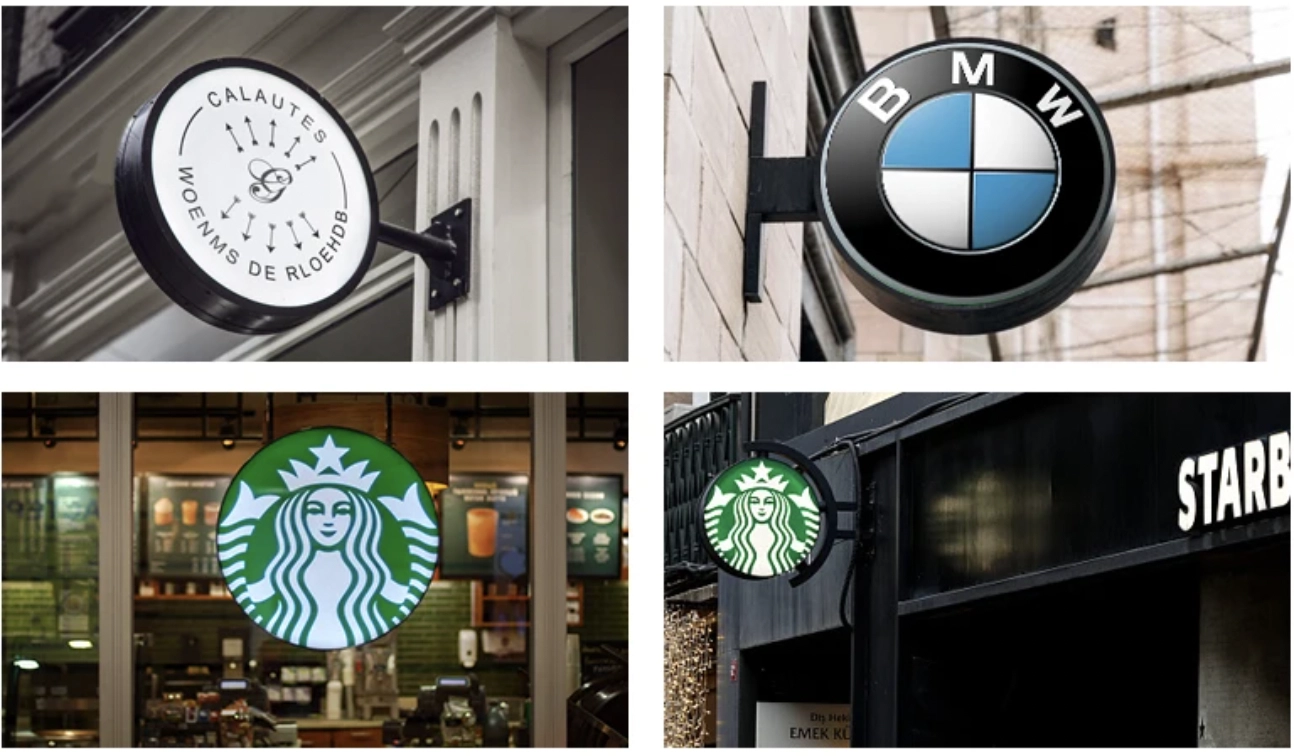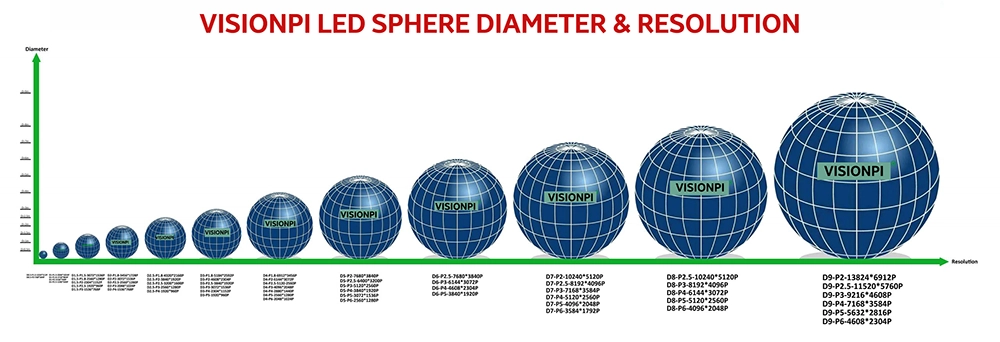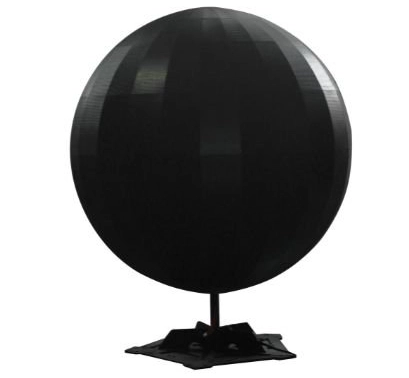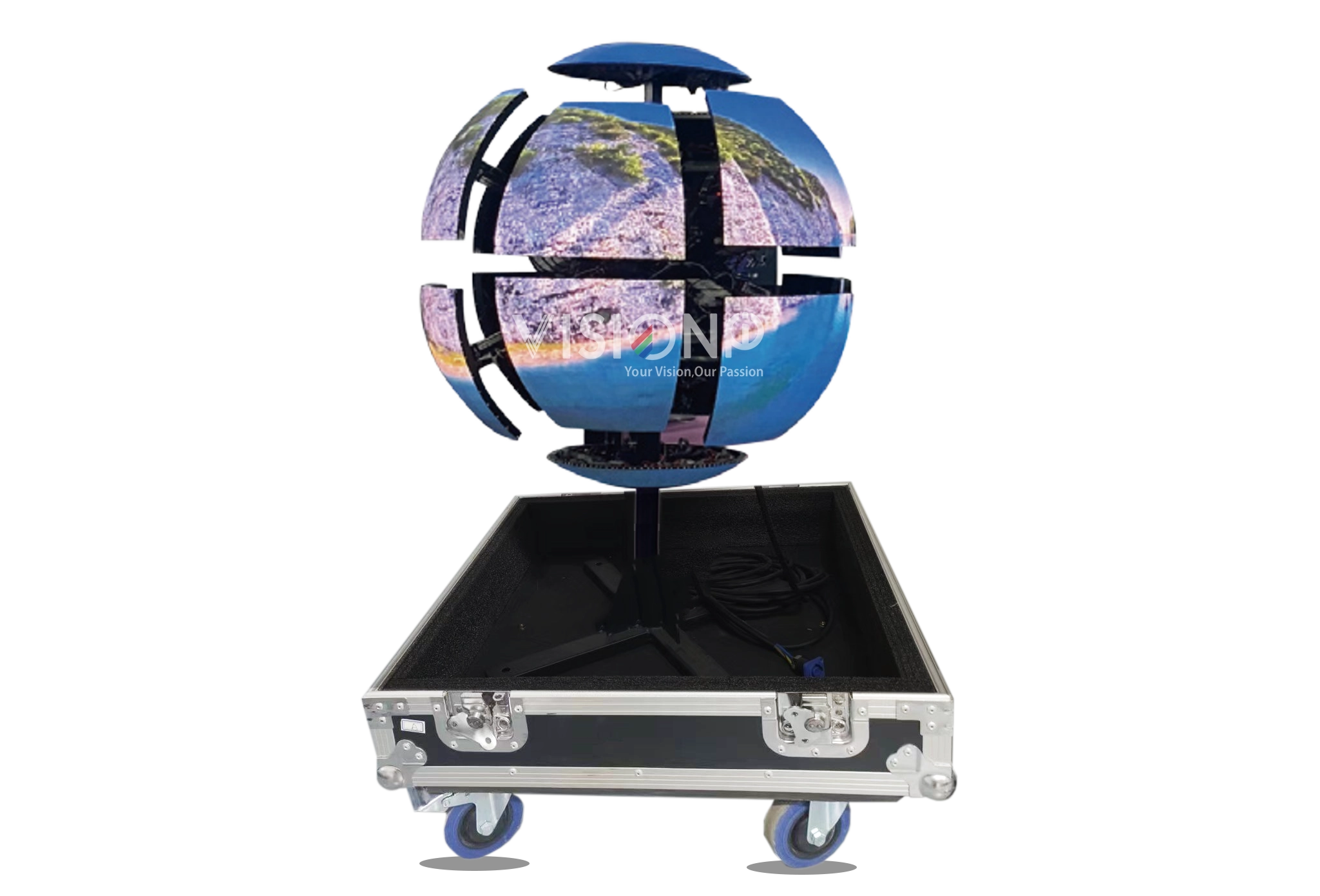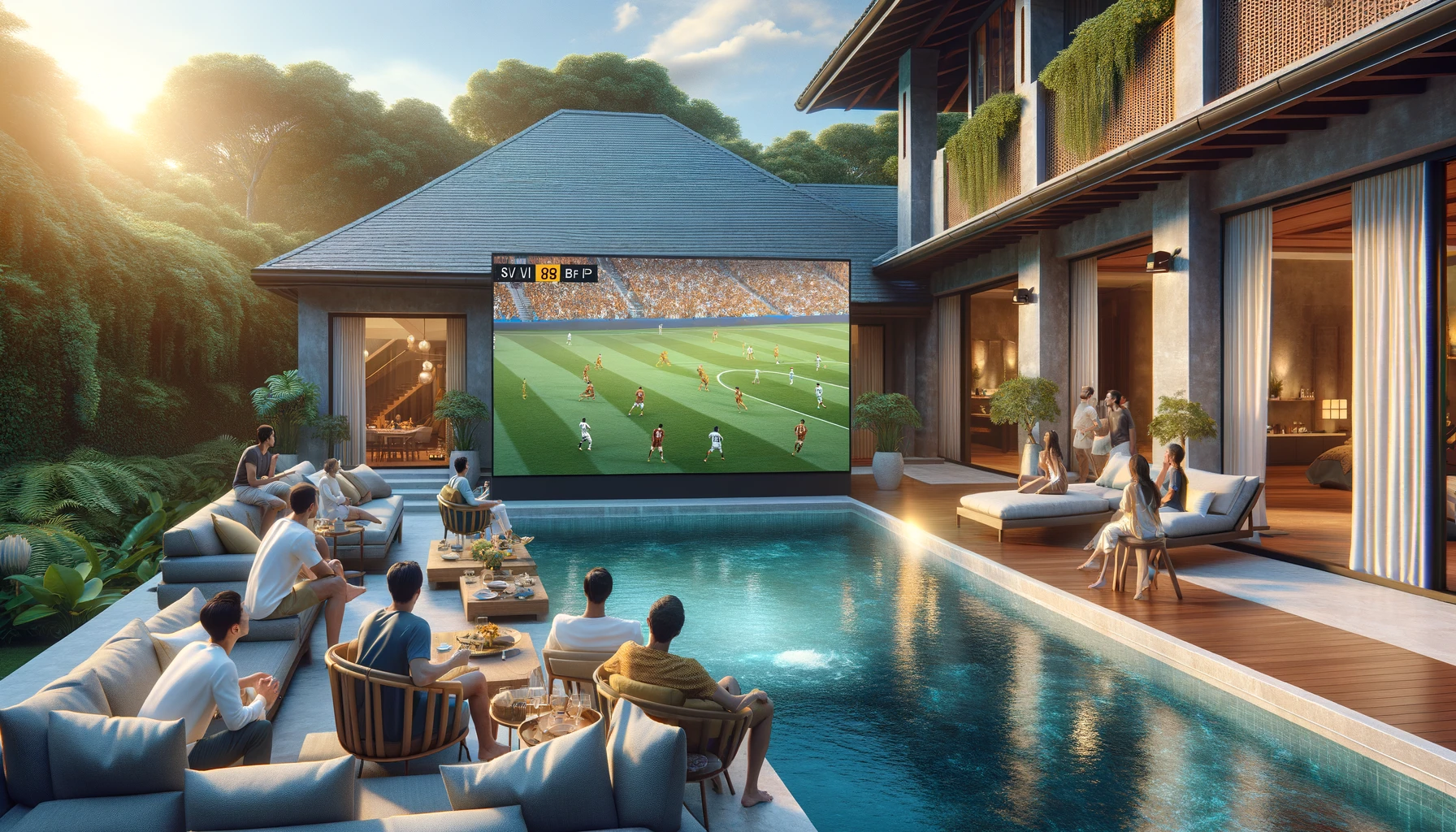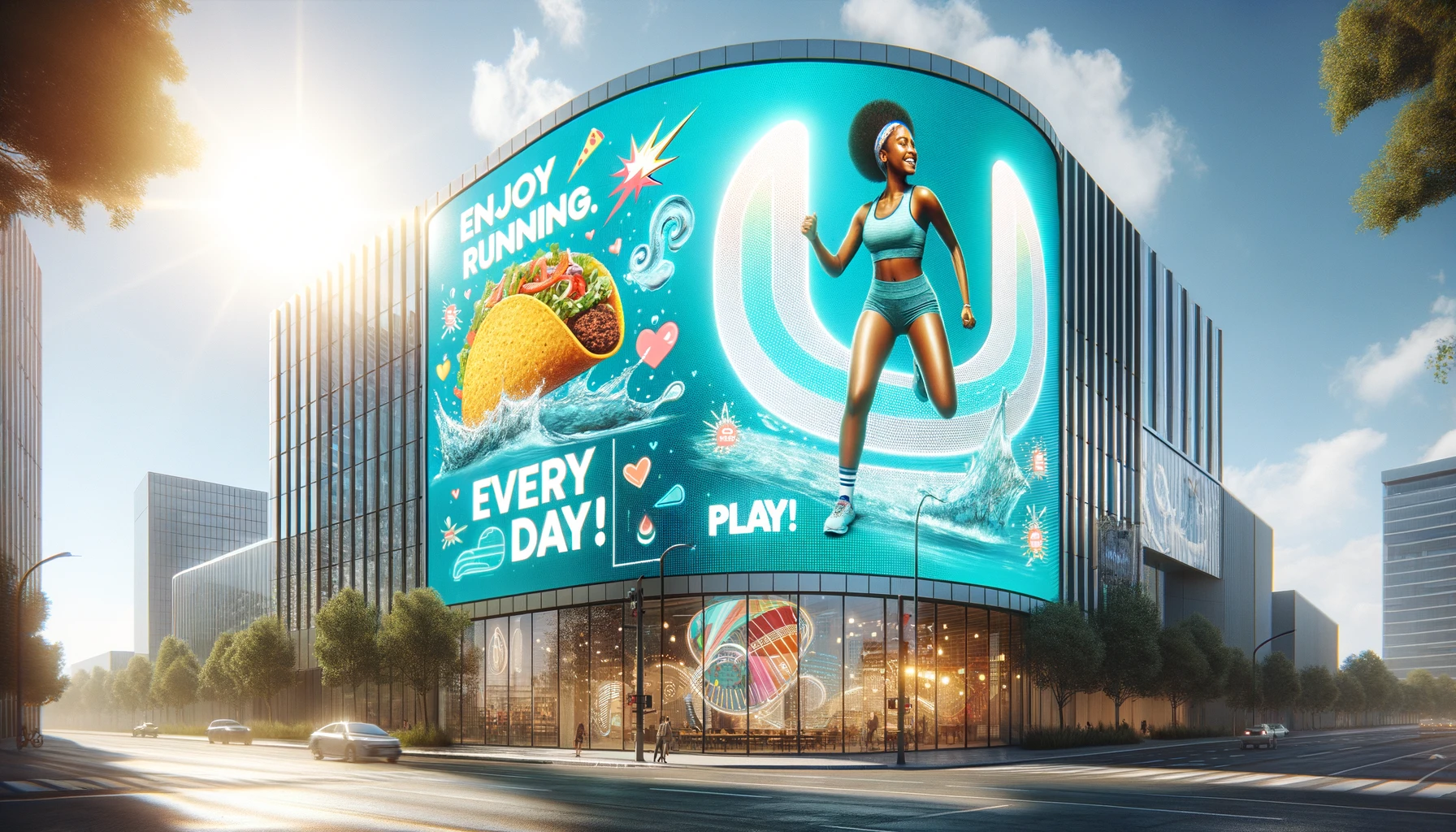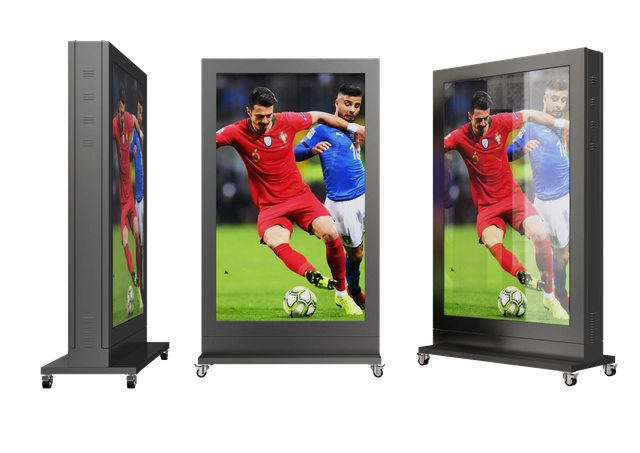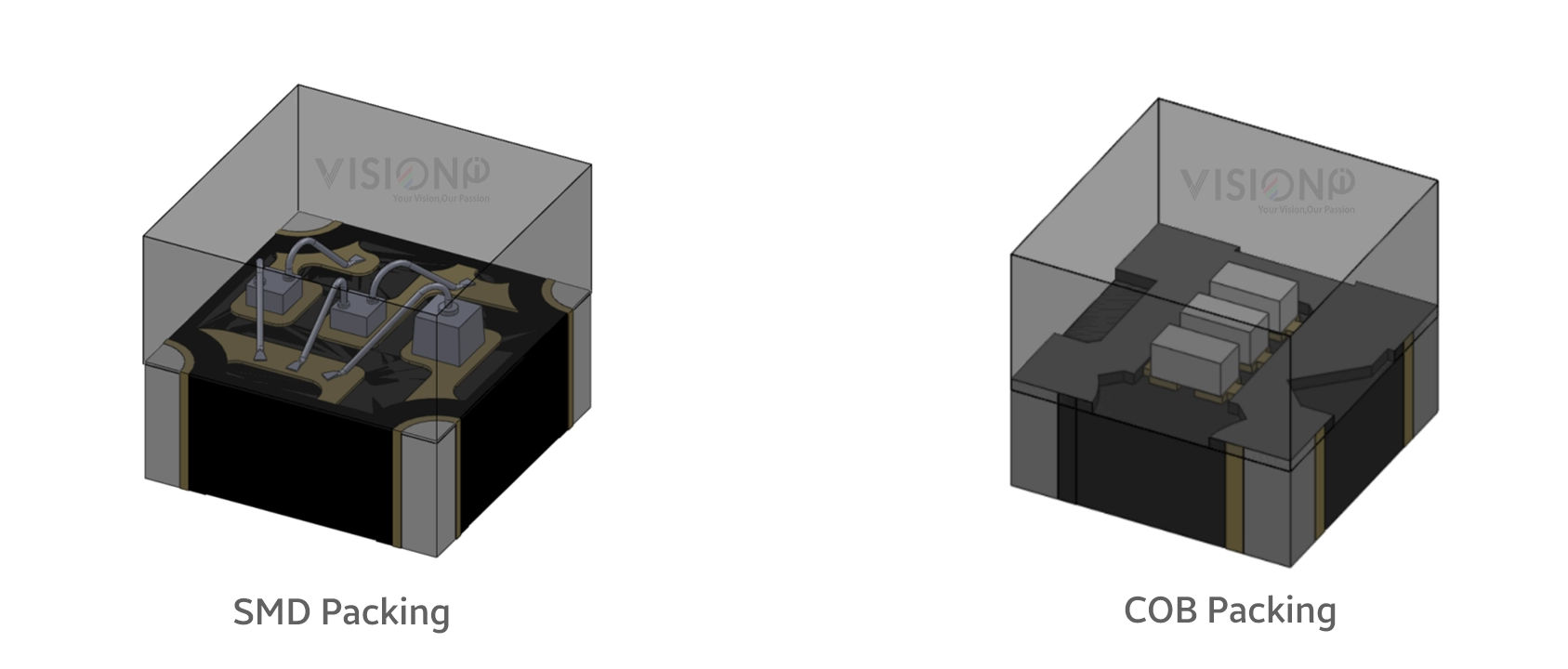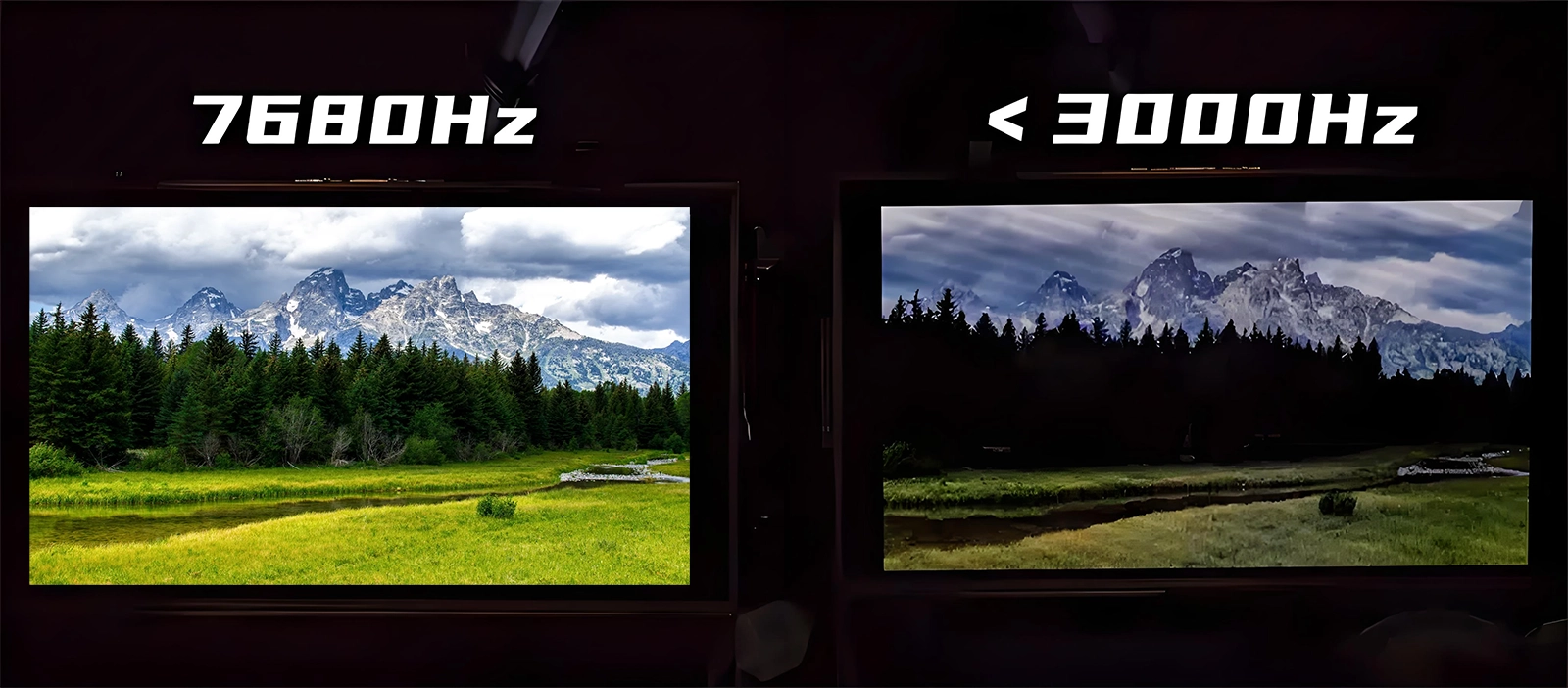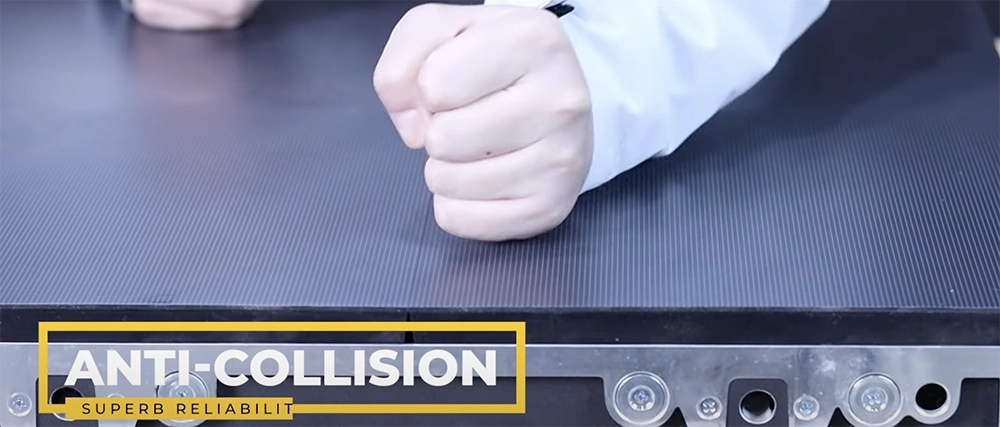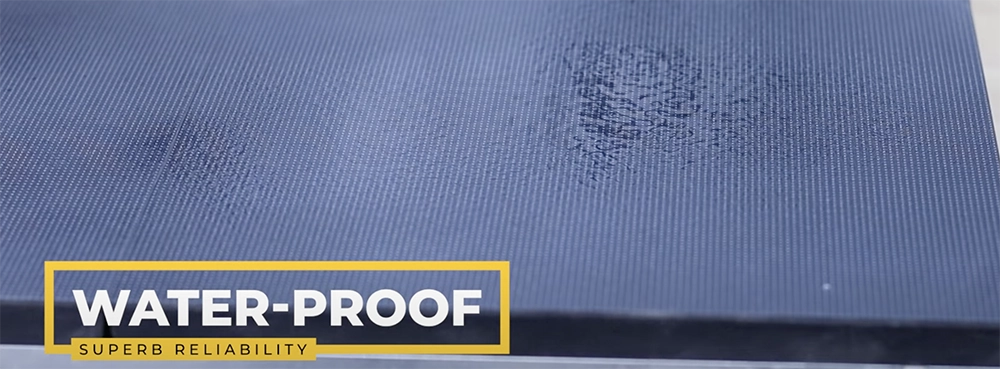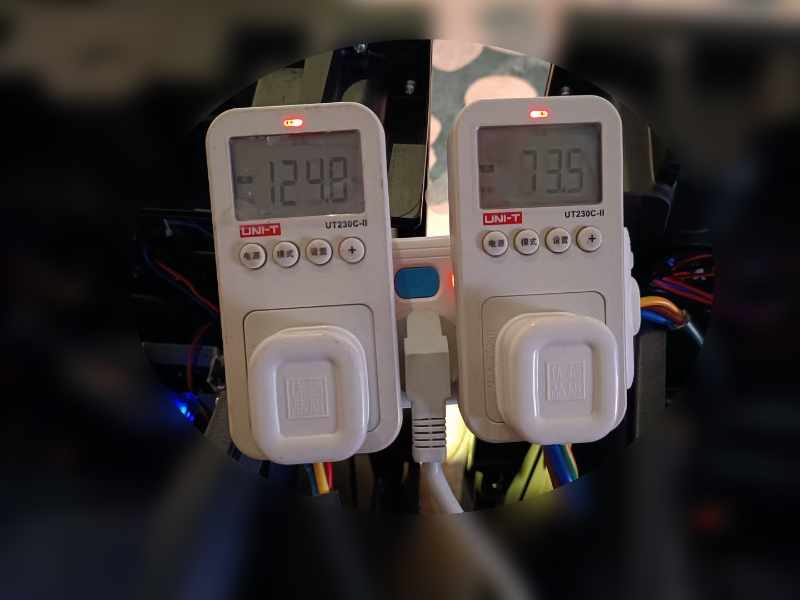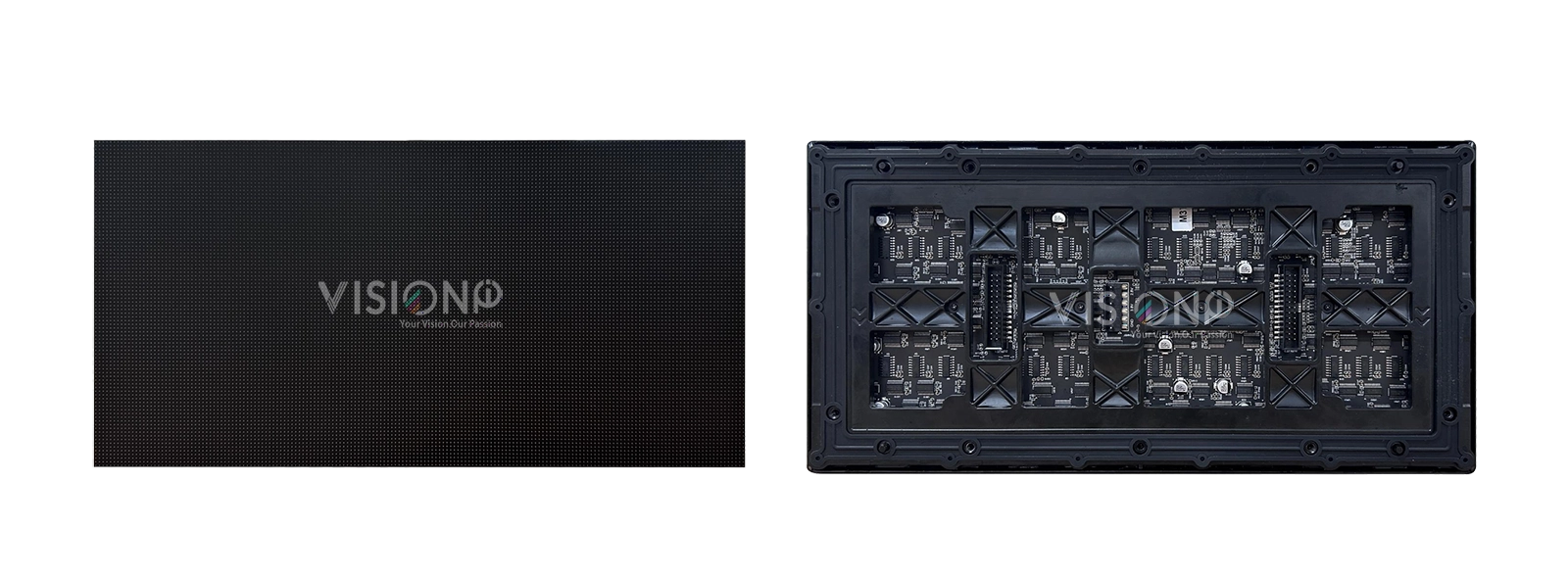Interactive LED Screen
Interactive LED displays are becoming more popular and widely used in various fields and applications, such as education, entertainment, advertising, and art. Interactive LED displays are display devices that use light-emitting diodes (LEDs) to create images and respond to user input, such as touch, gesture, voice, or motion.
Interactive LED displays can offer many benefits, such as:
- High brightness and contrast: Interactive LED displays can emit light directly, making them more visible and attractive in bright or dark environments. They can also adjust their brightness automatically according to the ambient light, ensuring optimal viewing conditions at all times.
- Wide viewing angle and color gamut: Interactive LED displays can provide a wide viewing angle and color gamut, which means that they can display more colors and details, and they can be seen from different angles and distances without distortion or color loss. They can also support high-definition (HD) and ultra-high-definition (UHD) resolutions, delivering sharper and smoother images.
- Long lifespan and low maintenance: Interactive LED displays have a long lifespan and low maintenance costs, as they do not require bulbs, filters, or lenses that need to be replaced or cleaned regularly. They are also more durable and resistant to dust, moisture, and temperature changes, making them suitable for indoor and outdoor applications.
- GOB/HOB Surface Protection. The GOD technology provides waterproof. dustproof,anti-bump feature to the led screen.
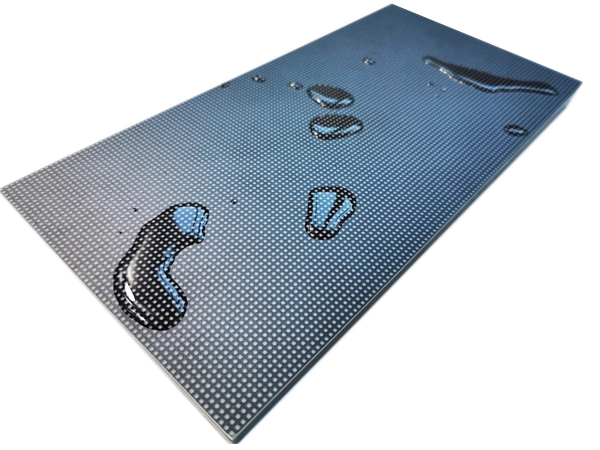
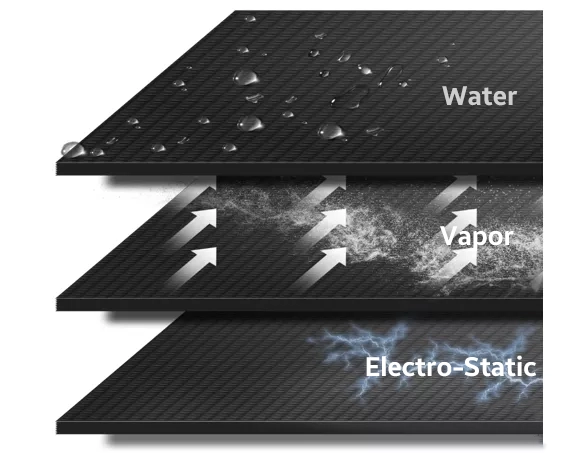
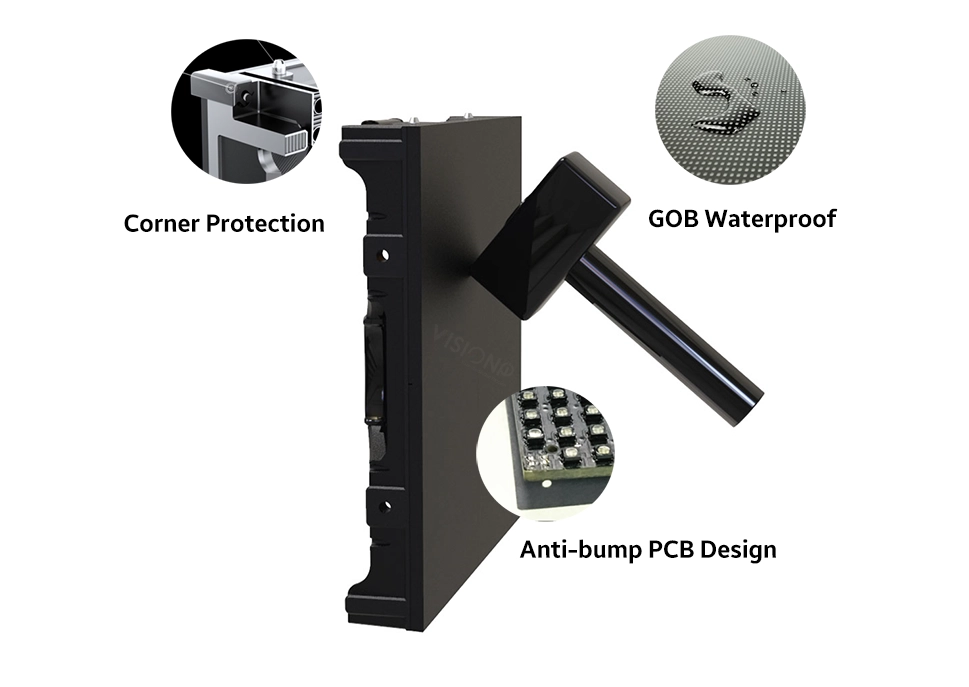
- Flexibility and creativity: Interactive LED displays can offer more flexibility and creativity, as they can be customized to fit any size, shape, and curvature of the space. They can also be integrated with other elements, such as lighting, sound, and stage design, to create immersive and interactive experiences for the audience.
Interactive LED Display Applications
There are many examples of interactive LED displays in different fields and applications, such as:
- Education: Interactive LED displays can enhance the learning experience and engagement of students and teachers, by allowing them to interact with the content and collaborate with each other. For example, SMART interactive displays are designed for education, with embedded computing, touch and ink technology, and whiteboard software. They can work with any device, app, or platform, and provide a variety of activities and tools for different subjects and topics.
Entertainment
- Interactive LED displays can create spectacular and memorable shows and events, by combining visual, audio, and interactive effects. For example, Planar LED displays are used for concerts, festivals, sports, and theme parks, to provide stunning and immersive visuals. They can also be controlled and synchronized with other media, such as music, video, and lighting.
LED Floor Interactive Air hockey Game
Advertising
Interactive LED displays can attract and retain the attention of customers and audiences, by providing dynamic and personalized content and messages. For example, Unilumin interactive LED walls are used for retail, hospitality, and exhibition, to show any information, details, or message. They can also respond to the viewers’ input, such as touch, gesture, or voice, and provide feedback and interaction.
Art Design
Interactive LED displays can express and inspire creativity and emotion, by using light, color, and movement. For example, Instructables interactive LED tile wall is a DIY project that uses an Arduino and 3D printed parts to create an interactive LED wall display. The tiles can change color and pattern according to the sound, touch, or motion of the user.
Park and Gym.
Interactive LED displays are the future of display technology, as they can provide more than just images, but also interaction and engagement. They can be used for various purposes and applications, and they can be customized and integrated with other media and elements. They can also create a more immersive and interactive experience for the user and the audience. Interactive LED displays are not only display devices but also communication and expression tools.
